It’s happening! Under-display camera phones are finally here, but not all are created equal
Sharp caught everyone off-guard, but more importantly, gave start to a new race – the one for a bezel-less smartphone. And ever since then, nothing was the same…
The year was 2017 when the Essential brought the first notch to the mainstream smartphone market, generating a lot of noise, thanks to its eye-catchy design and pretentious origins. Fast forward to today,
. However, Andy Rubin’s start-up company managed to open the floodgates to an ocean of devices that adopted “the notch” and started experimenting with it. Of course, about a month after
.
Then the market was quickly bombarded with:
- The “iPhone X” type notch
- The waterdrop notch – still present on some cheaper, budget Android devices
- The punch-hole cutout, thanks to Huawei’s Honor sub-brand with the Honor View20, which was later made cool by yours truly… Samsung
Sure, depending on preference, you’d favor one over the other, but the truth is that, more or less, all of these approaches compromise one thing – the display viewing experience. Regardless, let’s single out the devices that played the biggest role on the way to eliminating the notch and see why they didn’t succeed.
Xiaomi Mi Mix 2
Chin-chin!
Xiaomi, then an up-and-coming brand (now, the world’s top smartphone maker), went back and copied Sharp’s homework for the Mi Mix 2. The chin on this phone was significantly smaller compared to the Aquos Crystal, but it was still there. Not too long after that Xiaomi launched the Mi Mix 2s, which had a slightly smaller chin. Nice try, Xiaomi!
Honor Magic 2 & Xiaomi Mi Mix 3

Now, this was a much better attempt. Paying tribute to the slider phone, (then) Huawei’s Honor and Xiaomi decided to use moving parts and hide the top bezel under a very sophisticated sliding mechanism. Of course, this solution came with two significant omissions: no water resistance and potential concerns over durability over time. Still, the Honor Magic 2 and Xiaomi Mi Mix 3 looked absolutely stunning. Way to go!
Oppo Find X, Vivo Nex A, Samsung Galaxy A80, Asus Zenfone 6, OnePlus 7 Pro
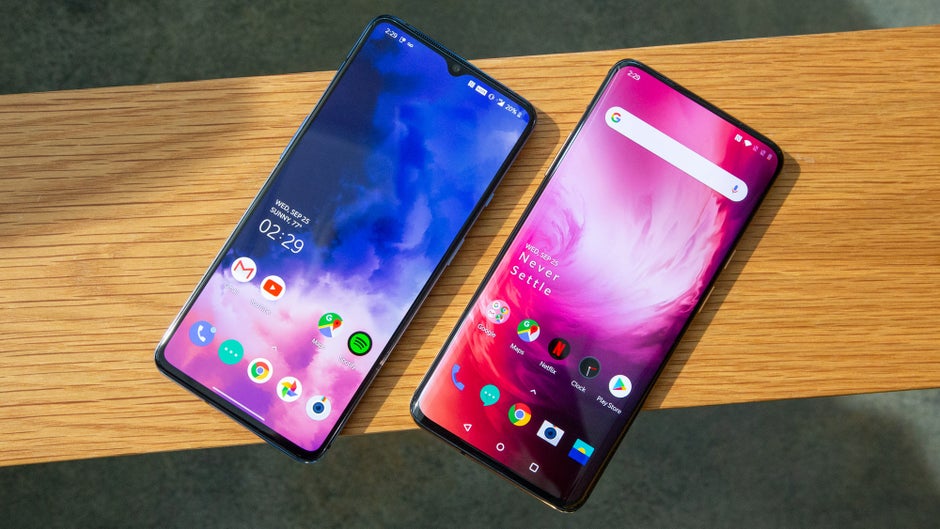
The pop-up camera… That’s definitely the unorthodox solution that attracted the biggest number of manufacturers. While Samsung wasn’t brave enough to bring it to its flagship lineup of phones, Asus, Vivo, Oppo, and most notably OnePlus were ready to commit until they weren’t. In 2021, only one of the above-mentioned companies has stuck to this solution – Asus with the Zenfone 7 Pro.
Samsung is clearly done with this experiment, while Vivo, and especially Oppo and OnePlus, have dialed the experimenting back in order to compete in the mainstream. That’s particularly ironic in the case of OnePlus, because the OnePlus 7 Pro has a bezel-less screen, while the OnePlus 8 Pro and the current OnePlus 9 Pro flagships don’t. It’s almost as if OnePlus went backwards…
ZTE Axon 20 5G: May the under-display camera race begin
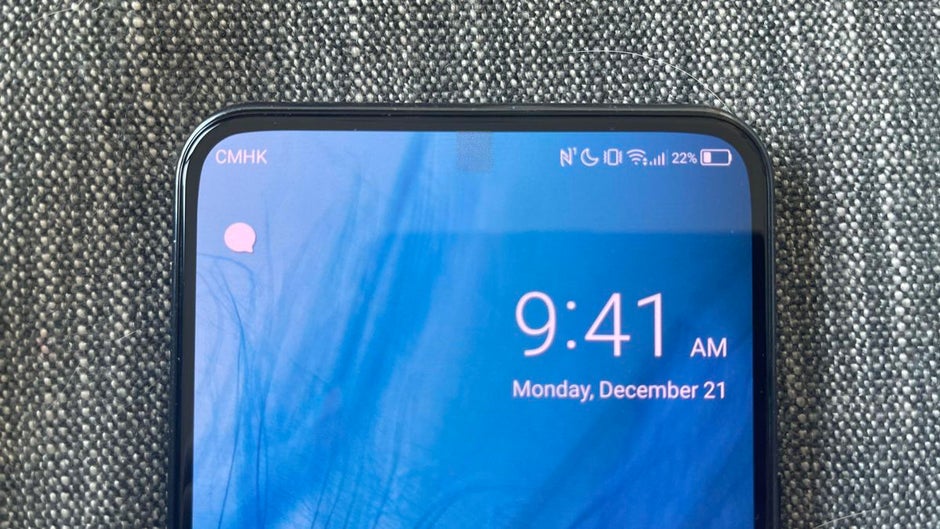
Hidden? Kinda. Almost. Not really.
Similar to the first “edgeless-ish” phone, the first device that tried to hide its selfie camera under the screen came from another unlikely source. You might think that’s surprising, but it really isn’t. Smaller companies have less to lose. Risk for them might very well turn into a success, while a risk for Apple or Samsung might turn into revenue loss, and the big dogs don’t like that.
ZTE was ready to ship the groundbreaking Axon 20 5G in September 2020 – a time when, for example, Apple was still giving people the huge notch treatment (which, by the way, is getting somewhat smaller this year). Like with any first-gen feature or product, this one was more of a miss rather than a hit. Photos from this camera looked soft and blurry, and despite being under the display, it wasn’t all that “hidden”. In fact, not at all. On top of that, the shape it took was of a square, which added to the “weird factor”.
But none of this mattered. The Axon 20 5G came with a mission – to show that making and selling a phone with an under-display camera was indeed possible. Around this time, other companies like Oppo, Vivo, and Realme teased a bunch of all-screen concept devices with under-display cameras, but none of them came to be.
Xiaomi Mix 4 vs ZTE Axon 30 5G vs Samsung Galaxy Z Fold 3: Comparing the world’s best and only under-display cameras
Fast forward to today, when the two best-selling companies in the world are now on board! We have to add ZTE’s brand-new Axon 30 5G to the list, and that makes the holy trinity of under-display camera devices available around the world.
ZTE Axon 30 5G under-display camera
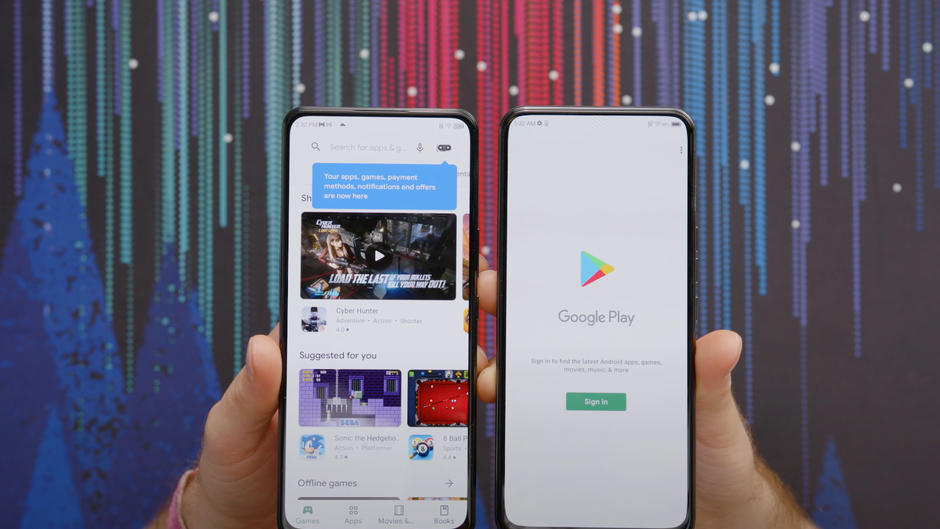
The ZTE Axon 30’s UDC (left) is hidden extremely well, compared to the ZTE Axon 20’s one (right). Image courtesy of ShortCircuit (YouTube).
Let’s start with the Axon 30 5G since this phone came out first.
Being first doesn’t guarantee you’ll be the best at something, but in this case, the experience in manufacturing a phone with an under-display camera has proven to be key. Unlike with the first-gen Axon 20 5G, the Axon 30 5G’s under-display camera is practically invisible unless you go looking (hard) for it. The 16MP UD camera and display area above it now feature rearranged pixels with higher transparency. ZTE doubled the pixel count of the display area above the camera to 400ppi compared to the Axon 20’s 200ppi.
On top of that, the display features a 7-layer structure including higher transmittance materials, a new UDC Pro screen display chip, and an ACE circuit arrangement. This was done to allow the camera to gather more light and improve image quality with a 4-in-1 binning process capturing 2.24um equivalent pixels.
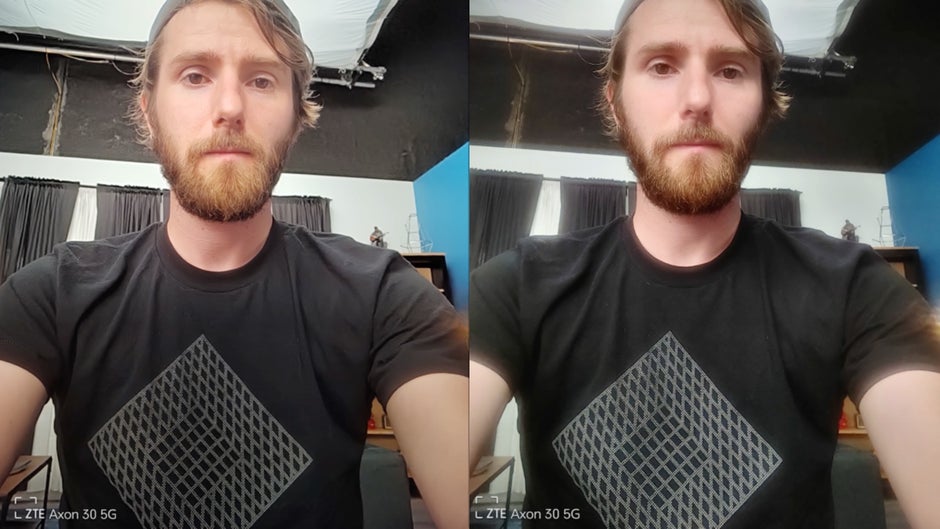
Enhanced photo (left) vs regular (right). The difference is huge. Well done, ZTE! Image courtesy of ShortCircuit (YouTube).
Looking past all the techy terms, it all worked out brilliantly! It’s safe to say – ZTE has learned a lot:
- The under-display camera is hidden incredibly well
- The selfies that come out of it are more than serviceable
You have to look very hard (and off-angle) if you want to spot anything at all. The camera is invisible in practically all scenarios. When it comes to the picture quality, that’s where ZTE is winning big time – at least when it comes to photos. The AI post-processing that takes place after you click the shutter button(“Enhanced” must be enabled) turns the soft and blurry images into a completely usable picture, which might even be mistaken for a budget device’s “regular” front camera sample. Granted, it’s not as good as a regular flagship selfie shooter, but it’s leaps and bounds ahead of Samsung’s current solution, which we’ll touch on below.
A masterclass from ZTE here!
Xiaomi Mi Mix 4 under-display camera
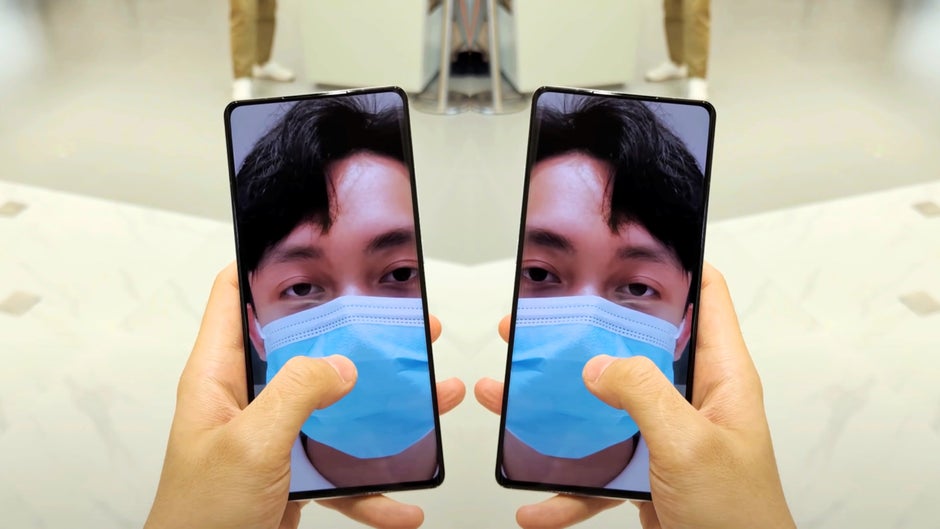
The Mi Mix 4’s UDC is pretty much just as well masked as the one of the Axon 30 5G. Image courtesy of Sami Tech Tips (YouTube).
Xiaomi’s implementation comes as a company-first, but we’ve come to see that this has definitely been the right move! I won’t lie – this might be my personal favorite. Both the way the camera is hidden and the photos it takes strongly resembles ZTE’s approach with the Axon 30 5G. On top of all, the Mi Mix 4 is a true flagship, which I wouldn’t mind having in my pocket.
The under-display camera on the Xiaomi Mi Mix 4 is basically completely hidden – again, unless you make it a point to find a trace of it. Image quality is a bit of a mixed bag here since this phone is very, very new, but the 20MP camera is incredibly promising in scenes with good lighting.
However, it’s important to note that Samsung’s 4MP under-display camera is nowhere near as well hidden as the ones on the Xiaomi Mi Mix 4 or ZTE Axon 30 5G. It’s clearly visible with basically any background, and even when the screen is off. It sort of resembles a stop sign, as if it was trying to say: ”Stop, Samsung! It’s too early for me…”. Jokes aside, the pictures are usable but about as usable as a 4MP photo from such a camera will ever be. Yet, it’s much less distracting than the previous punch-hole solution on the Galax Z Fold 2, so again – it might be just the right one for you.
1. All current devices that support this feature come at completely different price segments – they literally couldn’t be more different than one another. The Axon 30 5G is launching globally for $500/€500/£430, which is a mid-range price for a device with flagship grade-specs. The Mi Mix 4 is yet to become available globally, but the price is definitely expected to be worthy of a flagship device. And then, of course, we have Samsung’s Z Fold 3, which is a different beast altogether and costs $1,799.
2.The fact that all of these devices are at different price points is fantastic news for the customers! It means this tech is achievable on many levels, and it is… for everyone. You won’t have to buy the latest and greatest flagship to enjoy a truly edgeless display.
For all the latest Technology News Click Here
For the latest news and updates, follow us on Google News.
